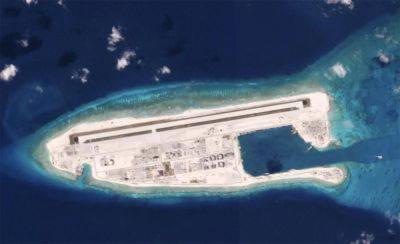Awe and alarm as ‘extreme’ solar storm hits Earth
Weather experts warn of potential disruptions to power grids, communications as sun’s outburst continues in coming days.
The most powerful solar storm in more than 20 years has struck Earth’s atmosphere, triggering warnings over the potential disruption to power grids and satellite communications while also producing spectacular celestial light shows in some parts of the world.
The US National Oceanic and Atmospheric Administration (NOAA), which issued a rare solar storm warning, said the solar outburst reached Earth at about 16:00 GMT on Friday, hours sooner than anticipated.
The first of several coronal mass ejections (CMEs), described as the expulsions of plasma and magnetic fields from the sun, was later upgraded by the NOAA to an “extreme” geomagnetic storm.
It was the first solar storm occurrence since the Halloween storms of October 2003, which caused blackouts in Sweden and damaged power infrastructure in South Africa.
More solar expulsions are expected in the coming days, and possibly into next week, according to the NOAA.
The United States agency alerted operators of power plants and spacecraft in orbit to take precautions.
Fluctuating magnetic fields associated with geomagnetic storms induce currents in long wires, including power lines, which can potentially cause blackouts. Long pipelines can also become electrified, leading to engineering problems.
Spacecraft are at risk from high doses of radiation, although the atmosphere prevents this from reaching Earth.
Following one particularly strong peak, the NOAA’s Space Weather Prediction Center said users of high-frequency radio signals “may experience temporary degradation or complete loss of signal on much of the sunlit side of Earth”.
Unlike solar flares,







